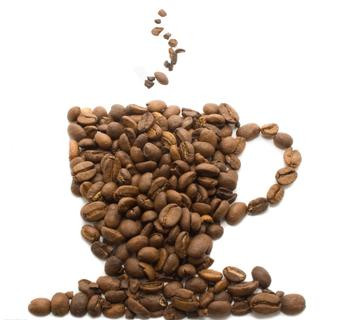Two major coffee trees, Arabica and Robusta.

At present, the most important coffee trees in the world are Arabica and Robusta. These two kinds of coffee trees are the two original species of coffee trees, and the quality of coffee beans produced by these two kinds of coffee trees is also better than that of other coffee trees. Arabica coffee tree. The Arabica coffee tree, which originated from Ethiopia in East Africa, accounts for 70% of the world's output of coffee beans; the world-famous Blue Mountain Coffee and Mocha Coffee are almost all Arabica species. Arabica coffee trees are suitable for growing in high mountains with large temperature differences between day and night, as well as soils with low humidity and good drainage; the ideal altitude is 500-2000 meters, and the higher the altitude, the better the quality. However, due to the weak ability of resistance to diseases and insect pests, it is more difficult to grow than other coffee trees. Arabica beans have oval fruits and flat seeds, and some with only one seed are called "round beans". Arabica beans taste mellow, prominent aroma, S-shaped from the cracks in the middle of the fruit. Robusta Coffee Tree. The Congo, which originated in Africa (and some say Uganda), accounts for about 20% to 30% of the world's output. The Robusta coffee tree is suitable for planting in the lowlands below 500 meters above sea level, has strong adaptability to the environment, can resist bad climate, resist diseases and insect pests, and does not need much manual care during soil preparation, weeding and pruning, and can be allowed to grow in the wild. It is a kind of coffee tree that is easy to cultivate. But its flavor is bitterer and its quality is much lower than that of Arabica, but it has the texture and consistency that Arabica does not have. It generally contains twice as much caffeine as Arabica beans, and its fruit is rounder and smaller than Arabica. The cracks in the middle of the fruit show a straight line.
Important Notice :
前街咖啡 FrontStreet Coffee has moved to new addredd:
FrontStreet Coffee Address: 315,Donghua East Road,GuangZhou
Tel:020 38364473
- Prev

The process of turning a coffee fruit into a coffee bean.
After the fruit is harvested, the outer skin, pulp, endocarp and silver skin should be removed before shipping. There are two kinds of methods: drying (also known as natural or non-washing) and washing. The drying method is relatively simple. First of all, spread the freshly harvested fruit on the exposure field for a week or two until the fruit crackles and dries naturally. After that, the sheller will dry the fruit.
- Next

Barista is a highly respected profession abroad.
Coffee bar teachers in Europe and the United States are a very respected profession, and because there is no age limit, they generally have good quality and cultural heritage, and many people even have the titles of master, doctor and professor. they are good at communicating with others, have rich social experience and have an understanding of human nature. In their hearts, they make more than just a cup of fragrance.
Related
- Beginners will see the "Coffee pull flower" guide!
- What is the difference between ice blog purified milk and ordinary milk coffee?
- Why is the Philippines the largest producer of crops in Liberia?
- For coffee extraction, should the fine powder be retained?
- How does extracted espresso fill pressed powder? How much strength does it take to press the powder?
- How to make jasmine cold extract coffee? Is the jasmine + latte good?
- Will this little toy really make the coffee taste better? How does Lily Drip affect coffee extraction?
- Will the action of slapping the filter cup also affect coffee extraction?
- What's the difference between powder-to-water ratio and powder-to-liquid ratio?
- What is the Ethiopian local species? What does it have to do with Heirloom native species?

